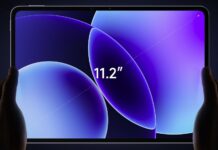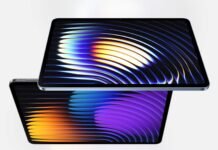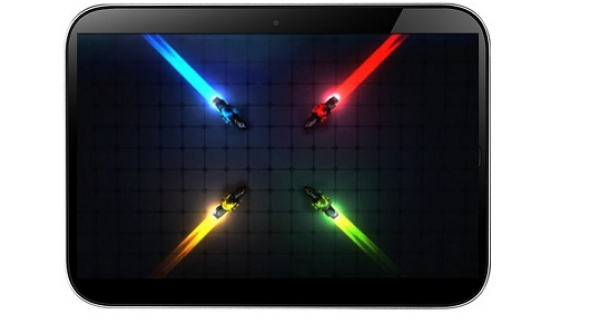Ahead of its official release, Xiaomi’s Redmi K Pad has gone under the knife, courtesy of teardown specialists WekiHome—and what’s inside is just as impressive as its streamlined exterior. Built for performance in a surprisingly compact package, the K Pad is shaping up to be a standout contender in the increasingly competitive small tablet category.
Right out of the gate, it’s clear that Xiaomi isn’t cutting corners. The K Pad packs an 8.8-inch IPS LCD display with a crisp 3008 x 1880 resolution, a zippy 165Hz refresh rate, and Dolby Vision support. It pushes 610 nits at peak brightness in high-brightness mode, which is solid for both indoor and outdoor use. At just 6.46mm thick and weighing only 336g, the K Pad feels as minimal as it looks, thanks to a sandblasted aluminum unibody that nails that high-end, brushed-metal aesthetic.
https://www.youtube.com/watch?v=ihqY2Ja41nk
Under the hood, the tablet runs on MediaTek’s Dimensity 9400+ chipset, flanked by LPDDR5X RAM and UFS 4.1 storage—specs that put it squarely in flagship territory. Thermal performance also gets serious treatment: a 12,050mm² aluminum alloy vapor chamber handles heat dissipation, trading copper for a lighter metal without sacrificing efficiency. It’s supported by a metal midframe for structural rigidity and additional thermal spread.
Gaming? This thing’s ready. Xiaomi has clearly dialed in thermal performance and power delivery for extended play, even going toe-to-toe with heavyweights like the Legion Y700 (Gen 4) and RedMagic Gaming Tablet 3 Pro in early tests. A centralized motherboard layout and foam cushioning help optimize both heat distribution and drop protection—smart design choices for a tablet built with action in mind.
The audio game is strong, too. Dual stereo speakers with Dolby Atmos deliver spatial sound that punches above the tablet’s size. Powering the experience is a two-cell 7,500mAh battery (3,505mAh + 3,995mAh), with 55W fast charging supported—and Xiaomi is kind enough to include a 67W charger in the box. Full charge? Just over an hour. And yes, there’s bypass charging, a must-have for serious gaming marathons.
Connectivity and ports are also well thought-out. You get a USB-C port with USB 3.2 Gen 1 support (5Gbps), plus DisplayPort out, which opens up possibilities for desktop-style use. What you won’t find is a fingerprint reader—but given the focus on gaming and media, that may not be a dealbreaker.
Camera-wise, the Redmi K Pad isn’t reinventing the wheel, but it covers the basics: a 13MP rear shooter using the OmniVision OV13B sensor and an 8MP front-facing camera (OV08F), likely more for video calls than photography.
All told, WekiHome’s teardown reveals a compact tablet that doesn’t skimp on hardware or design. With a sleek metal frame, a fast display, and gaming-ready internals, the Redmi K Pad is shaping up to be one of the most balanced small tablets we’ve seen—especially if it lands with a competitive price.
Post Footer automatically generated by Add Post Footer Plugin for wordpress.














